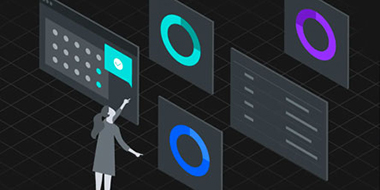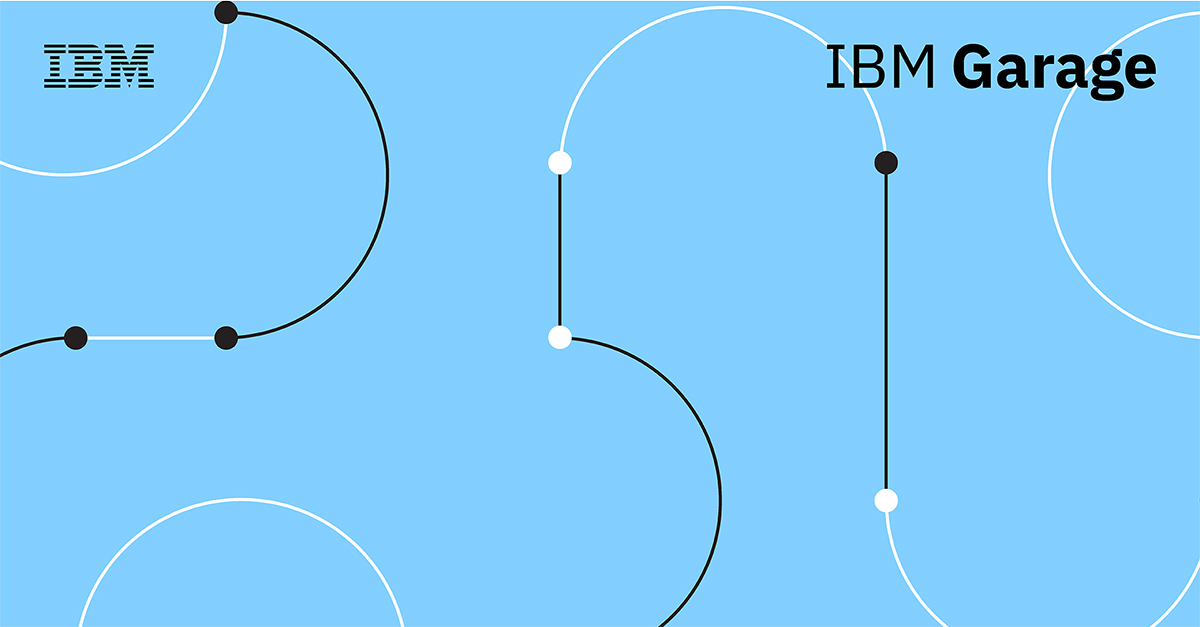IBM Events UK - Blog
Cloud adoption – get beyond that 20% barrier
16 April, 2019 | Written by: Corinne Doherty
Categorized: Cloud | IBM Events UK - Blog
Share this post:
Cloud adoption is already high, but mainly comprises non-core workloads. As many as 70 percent of executives say their organisations use multiple clouds today, hence the common phrase multicloud.
But so far, they have been using them primarily for non-core workloads; 80 to 90 percent of enterprise workloads have not yet migrated to the cloud. Hybrid multicloud helps all organisations operate as if they were born there. Traditional companies are taking advantage of hybrid multiclouds to regain the ground lost to born-on-the-cloud companies. Early adopters are benefiting from the interoperability, portability, ecosystems expansion, cloud management, and the freedom of vendor choice that hybrid cloud provides.
From our experiences across thousands of client engagements, we know that every client journey to cloud is unique, with efforts focused on specialised application tasks, workloads, security and compliance requirements, along with specific industry and customer needs.
Migration and extension of existing workloads is an entry point for your cloud journey and makes up most of the 20% of workloads on cloud. But 80 percent of mission-critical workloads and sensitive data are still running on-premises.
Modernising applications takes companies to the next level on their cloud journey—advancing their business and tapping into higher-value services. Containers are the key. Containers – or self-contained, operating environments that preserve the configurations of applications as they move from development, to testing, to production – lie at the heart of hybrid multicloud environments, enabling applications to operate seamlessly between private, public, and hybrid clouds, as well as legacy and other systems.
One of IBM’s roles in working with clients is to help them understand which applications to deploy where and assess what services can be used.
If you’d like to learn more about this topic, join experts from VMware and IBM Cloud Garage in a networking afternoon on 15th May, to develop and accelerate your multicloud strategy. Drive innovation with serverless computing, giving flexibility to scale and manage costs.
Hear from Dr Holly Cummins, how cloud adoption is about culture as much as technology. Through case stories she will share how the Garage methodology helped start ups and enterprise companies take advantage of the cloud with new ways of working including technical skills and cultural change
In mapping the journey to the cloud with numerous clients, we’ve certainly learned a thing or two about the unique challenges when it comes to migrating, building and managing applications and processes in the cloud. This interactive session is designed to help you accelerate cloud adoption in your organisation.
Reserve your place today.

Marketing Manager, IBM Cloud
AIOps is a Journey and a Destination
According to Gartner (Gartner and Moore), IT teams are dealing with increasing amounts of data and a wider variety of tools to monitor that data. This is resulting in greatly increased complexity in keeping the system in a good operational state, and can cause “significant delays in identifying and solving issues”. “IT operations are challenged […]
Scaling your enterprise innovation with start-up speed
Practical strategies to accelerate the delivery of your future growth initiatives A collaborative chat between Sabine VanderLinden – CEO & Managing Director – Alchemy Crew and Holly Cummins – STSM Innovation Leader – IBM Garage We do not have a choice. Our world must become comfortable living with a heightened level of uncertainty. Learning from […]
CBM4Cloud Workshops
CBM4Cloud Workshops Since the turn of the year, alongside my usual job responsibilities, I have found myself running Component Business Model for Cloud (CBM4Cloud) workshops with our Public Sector clients. For those who are not aware, a CBM4Cloud workshop is a method that IBM uses (with or without a client) to understand the client landscape […]





























